14 Nov United Brethren Churches in Liberia? Yes.
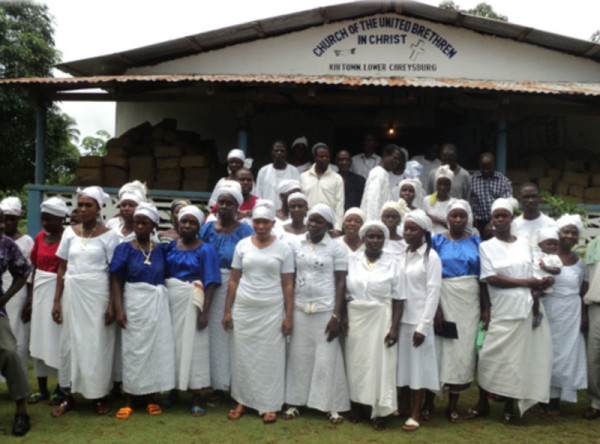
Members of one of the United Brethren churches in Liberia. Note the sign at the top of the church building.
In early 2013, someone from Liberia called the United Brethren office in Huntington, Ind. In a thick West African accent, the person claimed to be part of the United Brethren in Christ church in Liberia, and said they wanted to be connected to us.
We’ve never had mission work in Liberia. However, this group was using our exact name—Church of the United Brethren in Christ. It’s possible they are a remnant of the “other” United Brethren group from which our denomination split back in 1889.
 Anyway, Global Ministries passed along the information to Bishop John Pessima (right) of Sierra Leone Conference. Sierra Leone and Liberia are neighboring countries. Bishop Pessima made contact, and some relationships are forming.
Anyway, Global Ministries passed along the information to Bishop John Pessima (right) of Sierra Leone Conference. Sierra Leone and Liberia are neighboring countries. Bishop Pessima made contact, and some relationships are forming.
“We’ve been to Liberia three times to meet with that group,” says Bishop Pessima.
He says they have nine churches—“Very good, large churches”—and that he has visited four of them.
“They are very receptive and are willing to join a communion of United Brethren,” he says. “We are moving gradually, because there are many things we need to look into. We’ve looked at their governing documents, and have presented out doctrines and core values.”
He plans to make another visit in December to meet with the man supervising those churches. “We’re planning to spend 4-5 days with them to talk about the logo and the Confession of Faith.” He hopes to take the UB national presidents of their organizations for men, women, and youth to talk to their Liberian counterparts.
He says they want to start by exchanging delegates to various events.
They’ll invite the Liberian women to send delegates in April 2014 to the Sierra Leone national women’s convention. Likewise with the national UB youth camp in 2014, which will probably be held in Mattru.
In this way, the two groups of churches—over 70 UB churches in Sierra Leone, and the 9 UB churches in Liberia—will get better acquainted. And we’ll see where things go from there.

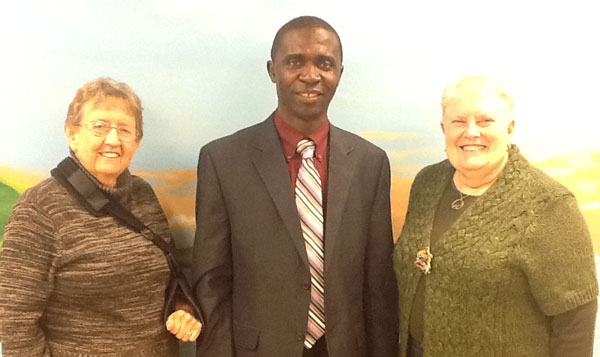
 Pastor Oliam Richard (right), our superintendent in Haiti, underwent surgery on Wednesday in France (where he and his wife have lived for many years). Joan Sider, from the UB church in Toronto, sent this note:
Pastor Oliam Richard (right), our superintendent in Haiti, underwent surgery on Wednesday in France (where he and his wife have lived for many years). Joan Sider, from the UB church in Toronto, sent this note: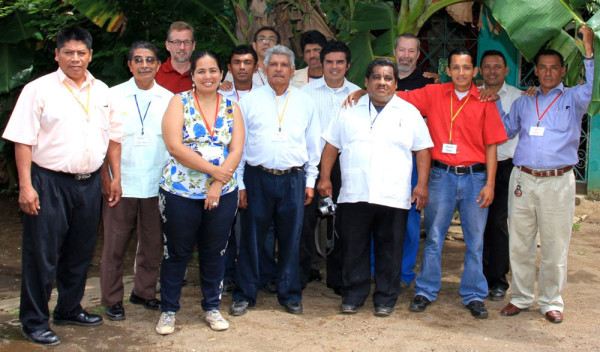
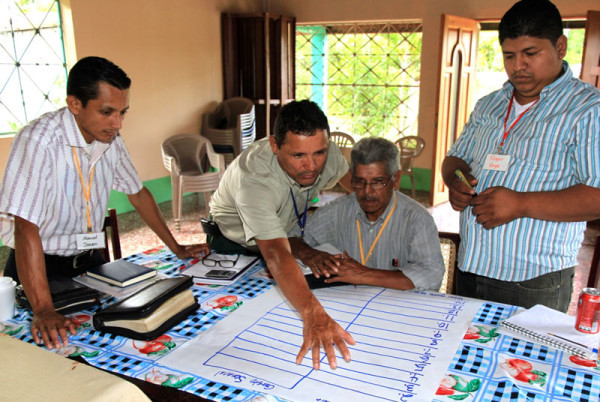
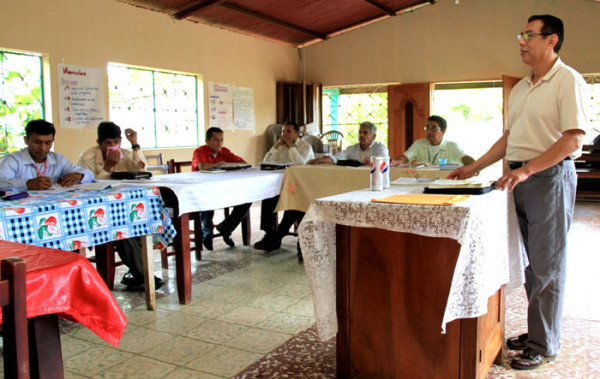
 Jeff Bleijerveld (right), Director of Global Ministries
Jeff Bleijerveld (right), Director of Global Ministries Gary Brooks (right)
Gary Brooks (right)
 Two recent additions to the team are:
Two recent additions to the team are: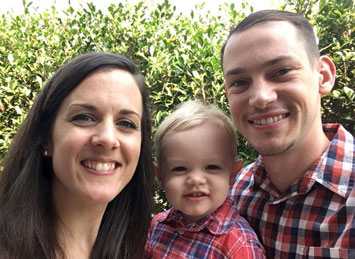 Bryan and Emily Gerlach arrived in Thailand in mid-September. The Gerlach represent an expansion of our work in Thailand. Although our Thai churches are located in the northern mountains, we are shifting our focus to the city of Chiang Rai.
Bryan and Emily Gerlach arrived in Thailand in mid-September. The Gerlach represent an expansion of our work in Thailand. Although our Thai churches are located in the northern mountains, we are shifting our focus to the city of Chiang Rai.